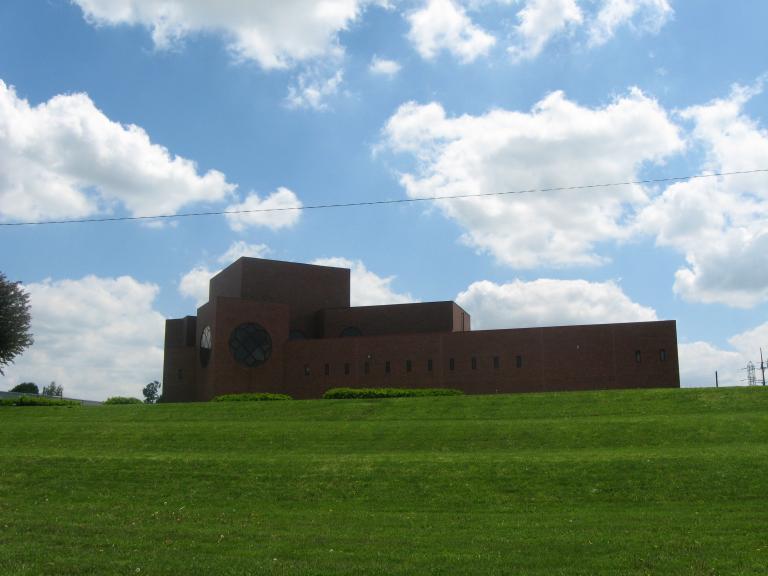
The latest installment of the bi-weekly Deseret News column jointly authored by William Hamblin and Daniel Peterson has appeared:
“Building a bridge at BYU between the Muslim world and the West”
***
Very plainly, Muslims and Islam have a public relations problem. That’s obvious. And it’s obvious why, too. There is simply no denying that the Islamic world is profoundly dysfunctional in many ways — see this recent item in The Economist for an unexpected but striking example of that — and that its dysfunctions have done grave damage not only within it but well beyond it.
However, it’s important that we accurately understand what’s going on among Muslims. Gross distortions and misperceptions won’t help.
In this passage from John L. Esposito and Dalia Mogahed, Who Speaks for Islam? What a Billion Muslims Really Think (New York: Gallup Press, 2007), the authors describe the massive survey that undergirds their important book:
The religion of Islam and the mainstream Muslim majority have been conflated with the beliefs and actions of an extremist minority. For example, a 2006 USA Today/Gallup poll . . . found 44% of Americans saying that Muslims are too extreme in their religious beliefs. Nearly one-quarter of Americans, 22%, say they would not want a Muslim as a neighbor; less than half believe U.S. Muslims are loyal to the United States. . . .
The vital missing piece among the many voices weighing in on this question is the actual views of everyday Muslims. With all that is at stake for the West and Muslim societies — indeed for the world’s future — it is time to democratize the debate.
Who speaks for Islam? What a Billion Muslims Really Think is about this silenced majority. This book is the product of a mammoth, multiyear Gallup research study. Between 2001 and 2007, Gallup conducted tens of thousands of hour-long, face-to-face interviews with residents of more than 35 nations that are predominantly Muslim or have substantial Muslim populations. The sample represents residents young and old, educated and illiterate, female and male, and from urban and rural settings. With the random sampling method that Gallup used, results are statistically valid with a plus or minus 3-point margin of error. In totality, we surveyed a sample representing more than 90% of the world’s 1.3 billion Muslims, making this the largest, most comprehensive study of contemporary Muslims ever done. (x-xi)
In a December 2005 Gallup Poll of American households, when Americans were asked what they most admire about Muslim societies, the answer “nothing” was the most frequent response. The second most frequent response? “I don’t know.” Combined, these two responses represented the majority (57%) of Americans surveyed. (1)











